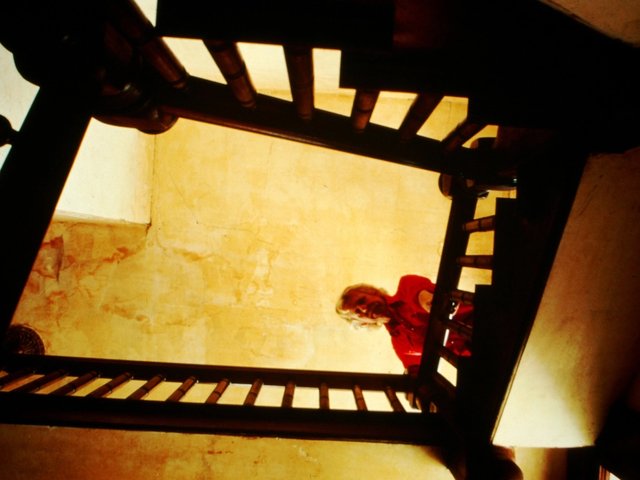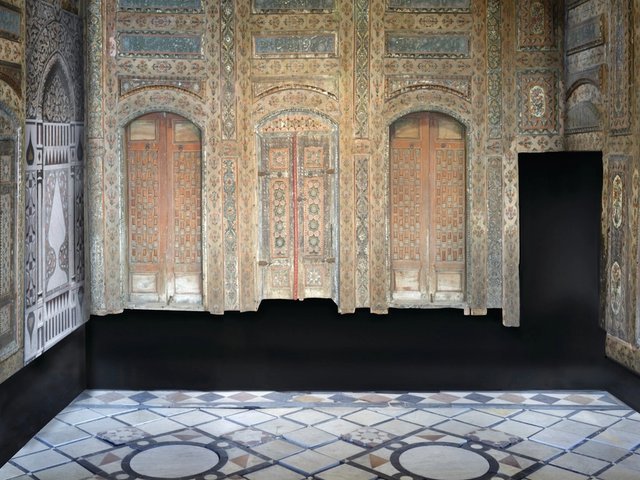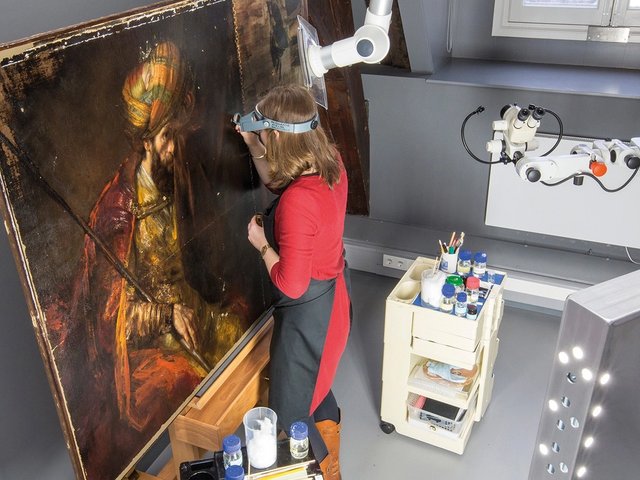The North Wind by the much-loved Australian artist Frederick McCubbin (1855-1917) has a fresh look and a new date, thanks to a restoration and conservation project undertaken by Melbourne’s National Gallery of Victoria, in collaboration with the Australian Synchrotron scientific research centre. This painting, as well as others by McCubbin of stoic pioneers braving the elements, were key in helping to define Australia’s national identity. The work went back on display at the gallery in December after an extensive, year-long treatment.
Conservators redated the painting to around 1888—three years earlier than originally thought—suggesting that McCubbin was more involved in promoting Australian Impressionism and in exploring new ways to portray the landscape than previously thought.
Scholars scratching their heads
Paint samples and cross-section analysis revealed that both the signature and the date were added in the late 1930s or early 1940s—two decades after the Heidelberg School painter’s death. These details were probably added by McCubbin’s artist son Louis, who restored and conserved many paintings in the family collection. Although well-intentioned, Louis’s interventions have often left scholars scratching their heads. This particular canvas was trimmed, possibly after sustaining water damage while in Louis’s studio in the 1930s.
Conservators also found that Frederick McCubbin made a number of revisions to The North Wind, one of which appears to be in response to a major drought in the region in the late 1880s. X-rays showed that the swirling dust bowl in the background was painted over a lush, green hill. The change can also be seen as McCubbin’s desire to create an image of the heroic pioneer to mark Australia’s centenary in 1888.
The project, sponsored by Bank of America Merrill Lynch, included extensive scientific research followed by months of cleaning to remove grime, discoloured varnish and overpainting.




